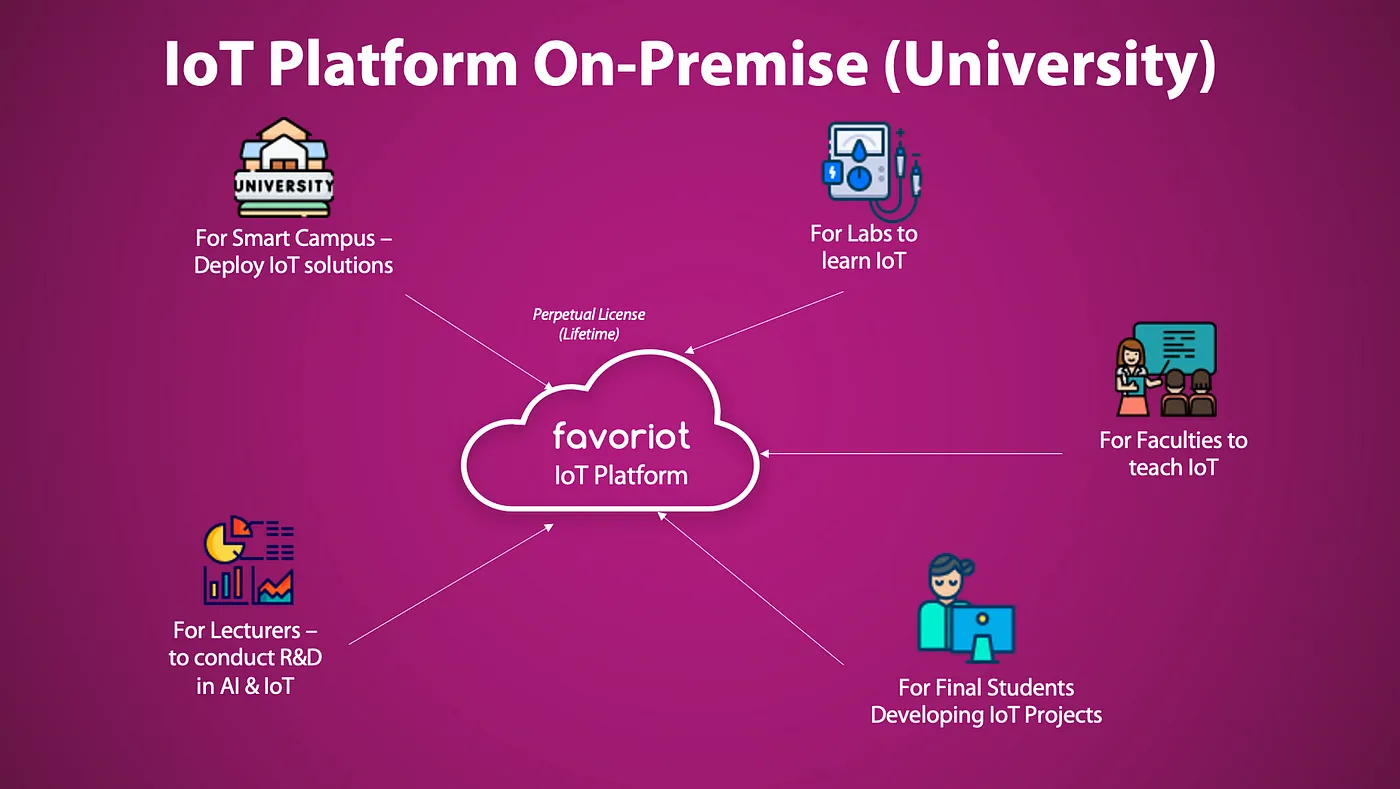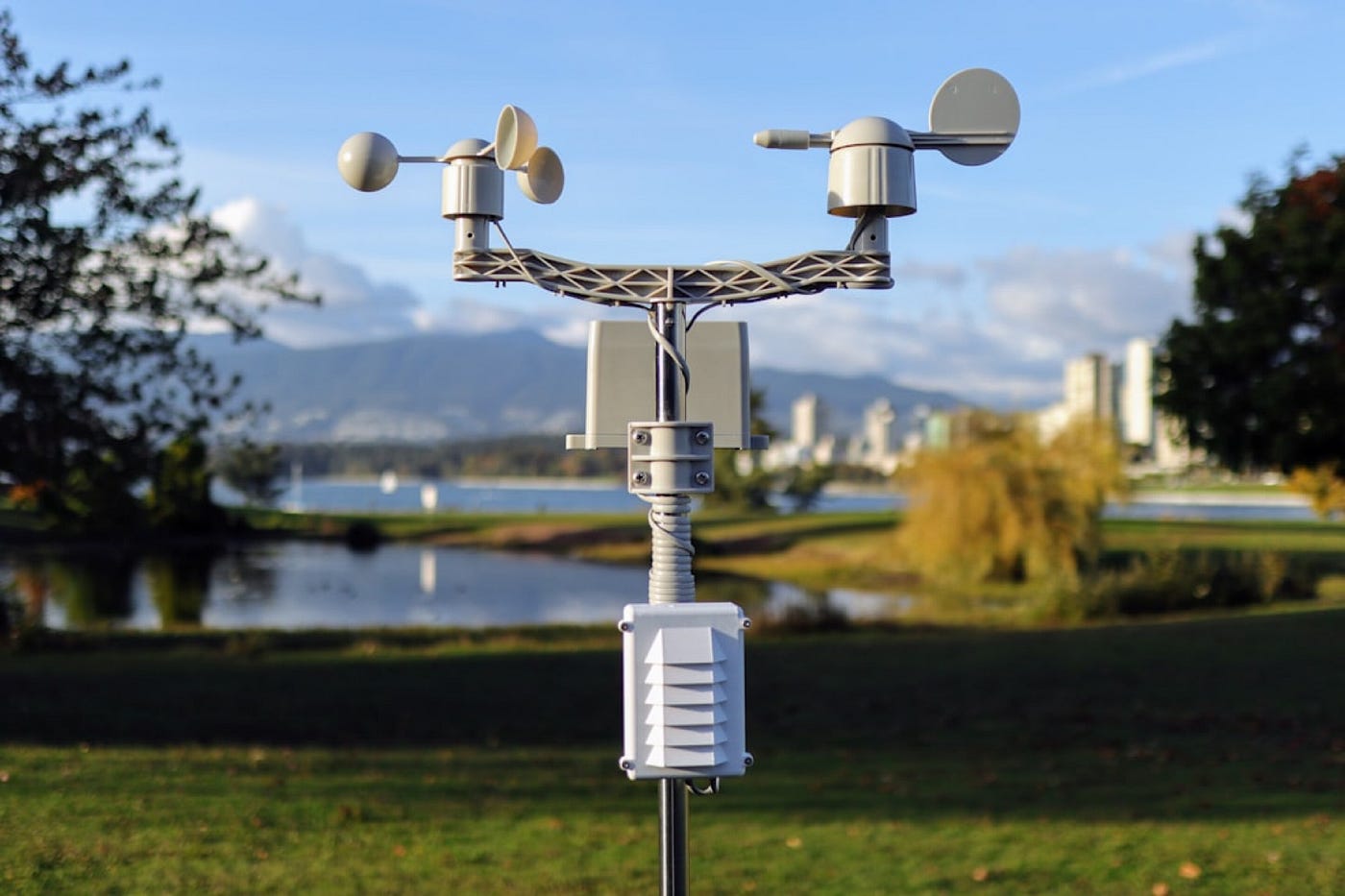
How Smart City Solutions Elevate Living and Cut Costs
May 2nd, 2024 Posted by favoriotadmin BLOG 0 thoughts on “How Smart City Solutions Elevate Living and Cut Costs”“Smart city solutions aren’t just the glitter of modern living; they’re the gears of efficiency, fine-tuning the rhythm of urban life while playing a symphony of savings and sustainability for us all to enjoy.”
We often rave about how these Smart Cities solutions make life a breeze for city dwellers, but hey, there’s another side to the coin.
These tech-savvy innovations aren’t just about jazzing up our urban experience; they’re also about trimming the fat off city budgets and revving up efficiency.
Let’s unravel this together.
1 — Smart Energy Management Systems
Imagine the city as a giant organism, and these systems are like its brain, making sure it doesn’t waste any precious energy.
By hooking up IoT devices across the urban landscape — think public buildings, streetlights, you name it — these systems keep a watchful eye on energy use.
It’s midnight, and the streets are empty.
Does every streetlight need to be on full blast?
Of course not!
That’s where smart energy management kicks in, dimming those lights and saving a ton of power (and cash) in the process.
Plus, this isn’t just about cutting costs; it’s about extending the life of our city’s infrastructure, which means fewer bucks spent on maintenance and replacements down the line.
2 — Intelligent Transportation Systems (ITS)
If you’ve ever been stuck in traffic, you know it’s no picnic.
But here’s where ITS comes to the rescue, using data and tech to smooth out those traffic snarls and make public transit a slick operation.
With real-time updates and some smart algorithms, these systems can tweak traffic signals and plan bus routes so efficiently that it makes the daily commute less of a headache for everyone.
Fewer traffic jams mean less pollution and wear-and-tear on our roads, which translates to saving money on road upkeep and healthcare costs down the road.
Plus, who doesn’t love getting home faster at the end of the day?
3 — Smart Water Management
Water, water everywhere, but not a drop to waste.
By deploying sensors and smart meters, cities can keep tabs on every drop, spotting leaks and predicting pipe troubles before they turn into costly catastrophes.
It’s like having a crystal ball for your city’s waterworks, ensuring we conserve water (a resource that’s getting pricier by the minute) and dodge the expenses tied to leaks and emergency fixes.
Efficient water use also means our urban centers are more resilient and sustainable, especially when facing droughts or other water woes.
4 — Waste Management Optimization
Ever notice how some trash bins are overflowing while others are barely used?
Smart waste management uses sensors to figure out which bins really need a pick-up, optimizing the whole collection shebang.
This means garbage trucks aren’t just roaming the streets on a set schedule; they’re hitting the spots that genuinely need attention.
The result?
Cities can cut back on fuel costs, vehicle wear-and-tear, and even the number of trips needed, all while keeping our streets cleaner and greener.
Plus, better recycling and less landfill use? That’s a win for the planet and our wallets.
5 — Digital Public Services
In an era where you can do almost anything from your smartphone, why should interacting with city services be any different?
Moving permits, bill payments, and feedback online not only makes life easier for folks like you and me but also means city staff can focus on the big stuff instead of drowning in paperwork.
This digital leap can lead to nimbler public service, quicker fixes, and happier citizens, all while saving the city some serious cash in reduced operational costs.
Smart Cities Secret Sauce
So there you have it — smart city solutions are the secret sauce for making urban life better, not just for us city slickers but also for the folks holding the city’s purse strings.
By investing in these technologies, cities aren’t just splurging on fancy gadgets; they’re making savvy choices that will save money, boost efficiency, and make our urban spaces more livable for everyone.
And who knows?
The next time you marvel at a smoothly running public transit system or enjoy a well-lit park at night, remember there’s a whole lot of smart tech working its magic behind the scenes, making our cities better and our lives a bit easier.
Read more stories about Smart Cities:
How Chief Smart City Officers Transform Urban Landscapes
What Slows Down the Smart Cities Implementations in Malaysia?
MSCA — The Answer to Smart Cities in Malaysia?
This article, ‘How Smart City Solutions Elevate Living and Cut Costs,” was originally published on Medium.




